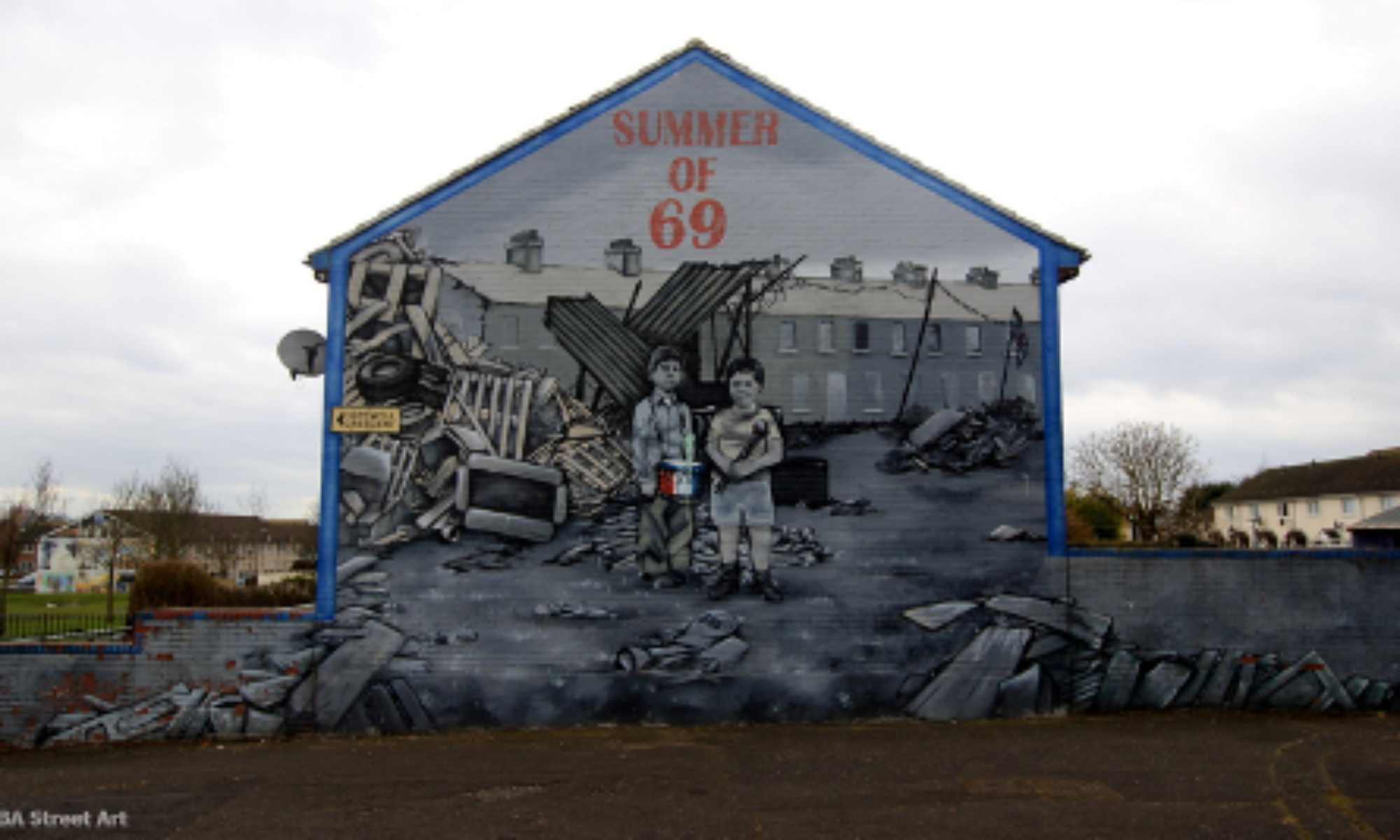Northern Ireland today is a solemn place. There is a sense of a gaping wound only just barely healing day after day as you walk down the streets of Derry/Londonderry or stroll through the neighborhoods of Belfast. The pain that is felt by the residents is tangible, hanging in the air like a thick fog. If you engage someone on the street in the conversation and mention it, they’ll tell you that the tension is thick, and that they are not at peace internally. This overcast tone permeates the American culture today, yes, but the true feelings seem to be those of the fiery nature. Hearts and minds seem to be ablaze and searching for an unbelievable amount of change.
It can be argued that most Americans are searching for peace, maybe. However, the energy surrounding the current climate in the United States seems to be anything but healing from a wound. After completing this course, I have realized that the same sentiments existed in the 60s and 70s. The conflicts in Northern Ireland had an air of grief and reluctance and recognition of unifying qualities, as we saw in The Informer and Pentecost. In the United States, however, the fiery Trial of the Chicago 8 and the burning desire for change inspired by Huey Newton were fueled by anger and a “shot” at the system that is supposed to provide justice. I’m not sure why this contrast is so apparent in my mind, however I believe that the 68ers in America were fighting against each other and against a tangible government that is right in front of them, while those in The Republic of Ireland and Northern Ireland were battling with a government hundreds of miles away and with people who believed in peace. These are such different types of battles, and the contrast glares out amongst all of the similarities.
